Mozambique: CFM needs to mobilise around $10 million to restore damaged infrastructure
Mozambique: Is Maputo-Katembe Bridge also to be paid for with gas revenues?
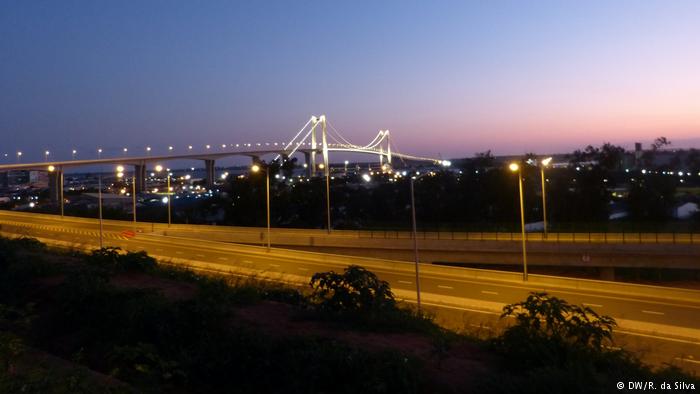
Maputo-Katembe Bridge was inaugurated this Saturday (10.11)
Journalist Adérito Caldeira explains that, at 4% interest, the bill for the Maputo-Katembe Bridge will total US$1.3 billion. “The impression this gives is that the government is pushing for when there is gas revenue,” he says.
The longest suspension bridge in Africa was inaugurated in Maputo on Saturday (10.11). It connects the Mozambican capital, Maputo, and Katembe, and will allow road access to Ponta do Ouro and the Republic of South Africa.
The bridge was financed and built by China. Work started four years ago with a base value of US$785 million, which Mozambique starts paying from 2019.
At the inauguration, President Filipe Nyusi stressed that the bridge would boost tourism in the region and, consequently, create wealth. However, within Mozambican society, a question remains: how will the Government be able to pay for the maintenance of the bridge, estimated at about one million dollars a year if, as we have already been told, toll revenue will not be enough to cover it? On top of this question there now comes a report from @Verdade, DW Africa’s online partner, which has found that, with interest, the total cost of the bridge and associated infrastructure will exceed US$1.3 billion.
In this context, we interviewed Adérito Caldeira, deputy director general of this newspaper, who explained that the solution to paying this increased price may also lie with gas revenues. According to Caldeira, “Mozambique will begin to pay interest [from the loan for the construction of the bridge] from next year and, it seems, only in the second decade – we are talking about 2029 – will the country start paying interest plus the amortisation of capital. Therefore, that is already with [within the scenario of] gas revenues”.
DW Africa: The official cost of construction of the Maputo-Katembe bridge is US$785 million. But, having done the sums, as @Verdade advances, this is not so …
Adérito Caldeira (AC): Well, the US$785 million is the value of the loan, and the calculation that “@Verdade” did was the loan plus the cost of the loan.
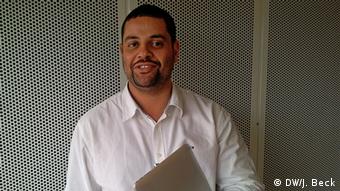
DW Africa: That would then give the total of US$1.3 billion …
AC: The loan amount, in fact, is US$756.5 million. We have determined that it is a loan that has a maturity of 20 years and a period of grace, which was during construction, which ends this year. Therefore, as of 2019, Mozambique is already beginning to pay the interest. At an interest of 4%, which we have been able to ascertain, according to our calculations, we reach the figure of US$1.3 billion.
DW Africa: In the article, @Verdade suggests that this increase be paid using natural gas revenues. But are these revenues sufficient to pay interest on the bridge and, as already announced, part on the public debt?
AC: I do not think anyone knows yet. The suggestion I make in the article is because, in practical terms, this loan will actually only be paid off in 2039. I spoke today with the Minister of Economy and Finance in parliament, and it was clear that the capital value will only be written down in the last decade. That is, Mozambique will start paying interest from next year, and during the first decade it only will pay interest and, by all indications, in the second decade Mozambique will begin to pay interest plus the amortisation of capital. The second decade we are talking about is 2029, so it is already within gas revenues territory.
DW Africa: To make matters worse, the Government has already made known that the maintenance of the bridge will cost one million dollars annually. It is also known that the money from the tolls will not be sufficient to cover this expense. President Nyusi spoke of tourism revenues, which are supposed to increase with the bridge, but will they suffice? Where will the Government get the additional money?
AC: Tourism revenues are an illusion, because the tourist pays only as much as a Mozambican citizen to cross the bridge. So it will not be very clear what tourist revenue will actually accrue from the bridge. On the other hand, a large part of the tourists who go to that area of Mozambique are South African tourists who, unfortunately, several consultants to whom I have spoken suggest, are not very good tourists, because they come camping, meaning that they do not stay in hotels, and they bring most of their food they with them, so they spend rather little in Mozambique. So, these tourism revenues… let’s see …
DW Africa: External financing continues not being an option and expenditure continues to increase. Is this an unsustainable situation? How will the government deal with all these expenses? Will it be Mozambicans who are going to pay, again?
AC: One way or another, the Mozambicans will always be the ones to pay. What the government says is that these ongoing restructurings, such as the illegal debt, are aimed at bringing debt down to a sustainable level. The impression we get is that what the government wants is to push for when there are these significant gas revenues. That is, we gain some time while the gas does not generate tax revenues, until 2023/2025, and then, eventually, most of these loans will supposedly be comfortable. But let’s see what kind of a recipe that turns out to be …


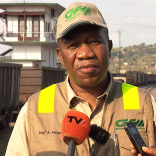

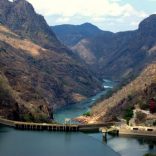

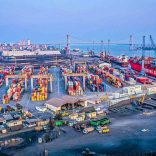

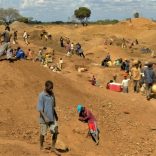
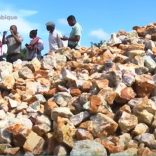
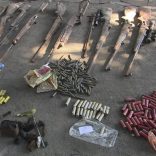
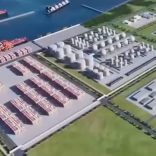
Leave a Reply
Be the First to Comment!
You must be logged in to post a comment.
You must be logged in to post a comment.